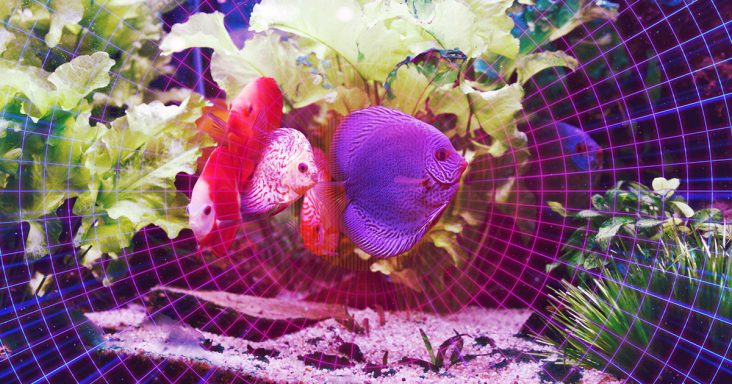

NGSS.3-5-ETS1, NGSS.MS-ETS1
Empty plastic soda bottles with tops, plastic tubing, scissors, bucket with water and small rocks (for testing)
Maintaining aquatic systems can be a difficult task. There are many factors to consider, such as water quality, the health of the plants and animals, and understanding the unique dynamics of the system. Aquatic organisms, both plants and animals, are susceptible to disease, and this can pose a threat to the balance of the system they belong to. It is important to maintain healthy and quality organisms that can contribute to the system. A helpful piece of aquarium equipment is a gravel vac. They are useful for getting debris out of the bottom of a tank and helping drain a small aquarium to then replenish with clean water.
Share the background information with the students, then share the puzzle to be solved. Determine constraints (e.g., time alotted, space, materials provided, etc.) and divide students into small groups.
Ask a series of questions to help students brainstorm solutions to the puzzle. Encourage students to list all ideas – don’t hold back! Before moving on, make sure each group selects a solution that fits within the contraints.
Students diagram the prototype, identify the materials needed to build the prototype, and write out the steps to take. Students describe the expected outcomes.
Students follow their design plan and build their prototypes. Monitor their progress and remind them about how much time they have.
Students evaluate their creation and compare it with the expected outcomes. Students seek areas of improvement and make changes where needed.
Students share their solution to the puzzle and communicate lessons learned.
Have students take their vacuums home to use on their own aquariums!